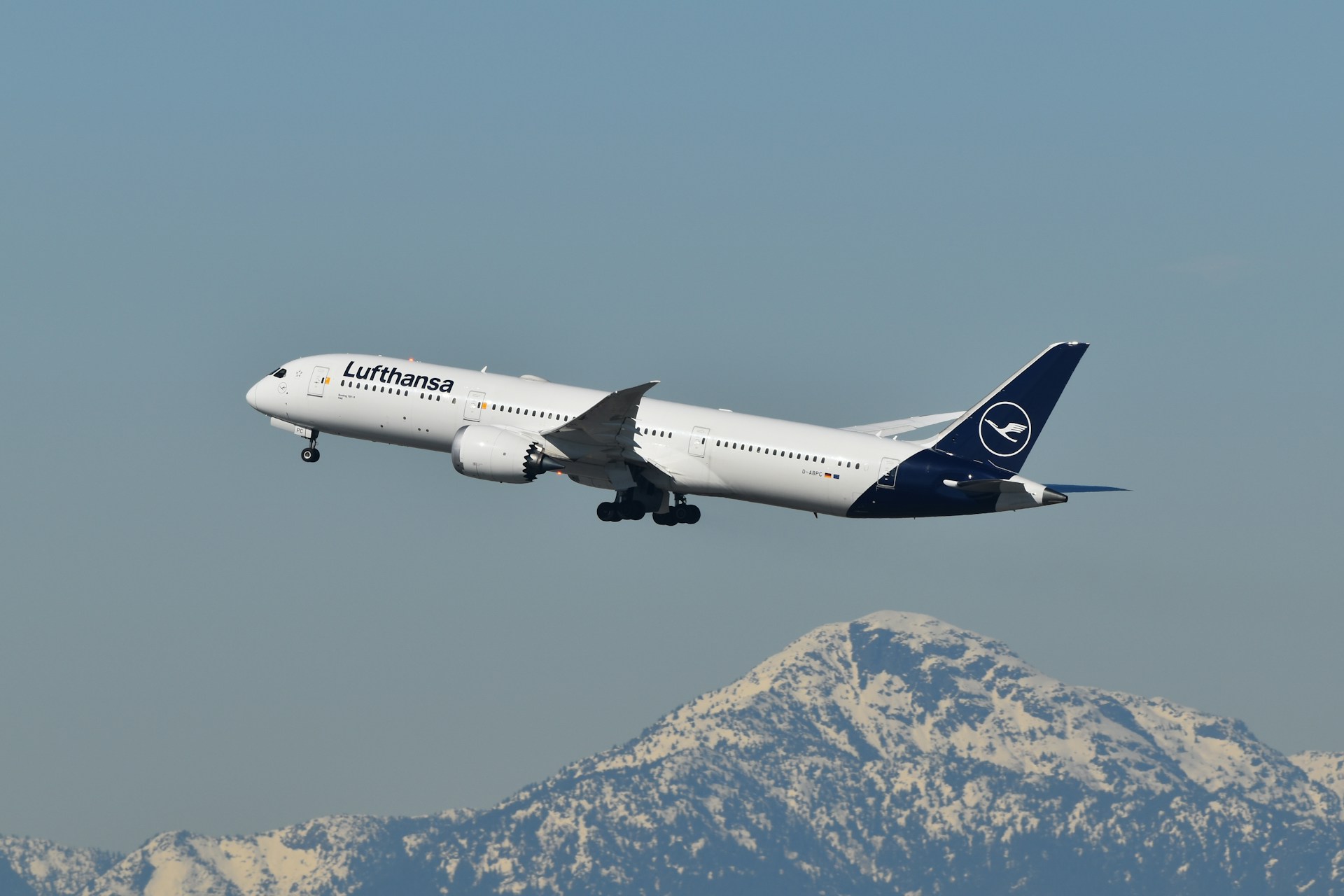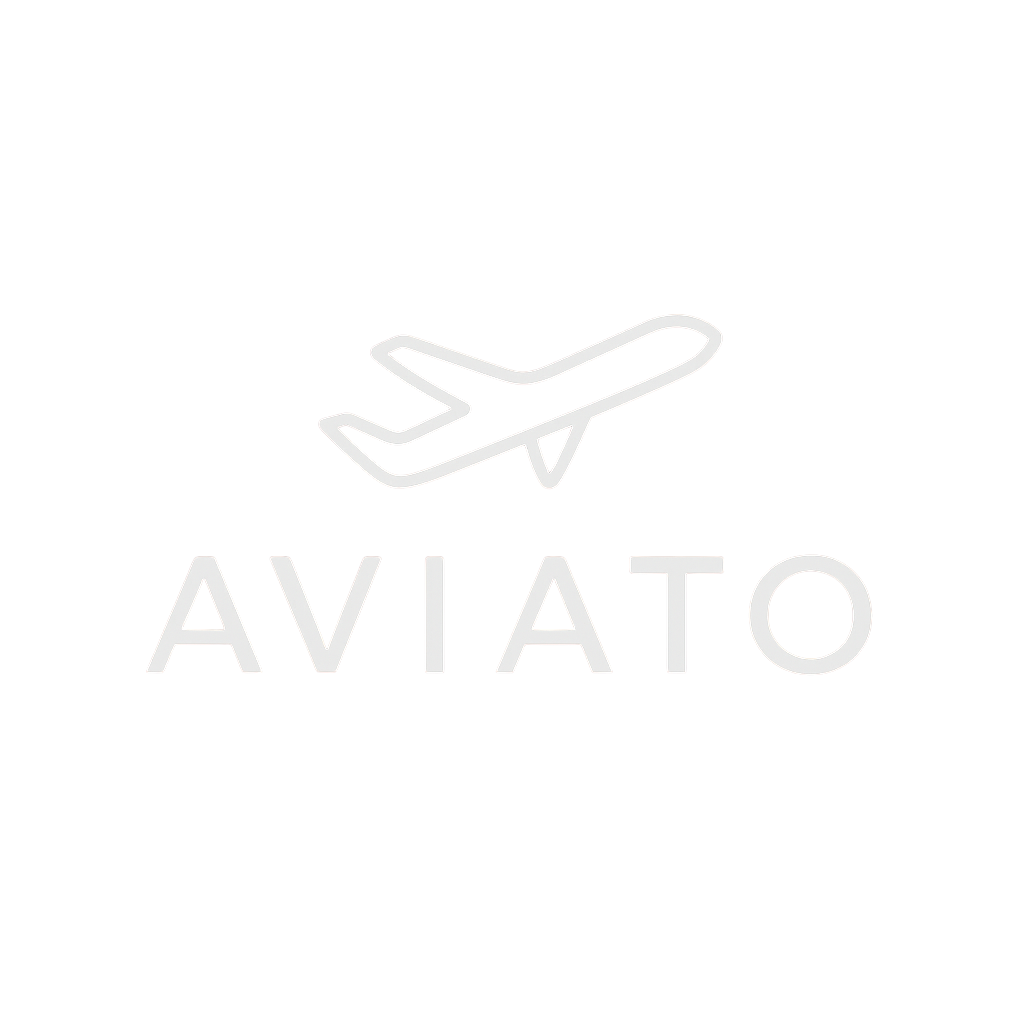Air Italy Relaunches With New Ownership and Strategy
Key Takeaways
- Air Italy has relaunched under new ownership, completely independent from the carrier that shut down in 2020.
- The new airline leverages brand recognition while avoiding the financial burdens of the original Air Italy.
- Unlike its predecessor, which was backed by Qatar Airways and pursued ambitious international expansion, the revived Air Italy focuses on regional connectivity and charter services.
- This move reflects a wider European trend of reviving legacy airline brands under new investors.
- Industry experts view the relaunch as part of Italy’s broader aviation restructuring, aimed at strengthening domestic competition and reducing reliance on foreign carriers.
- The new strategy emphasizes cost efficiency, niche markets, and stability rather than risky global expansion.
A Familiar Name, A Different Airline
The return of Air Italy marks a symbolic moment in Italian aviation, but the new airline is very different from the one that collapsed in 2020. The original Air Italy, which evolved from Meridiana and was heavily supported by Qatar Airways, pursued an ambitious international strategy. However, rapid growth, operational complexity, and unsustainable costs led to its shutdown.
The new Air Italy operates under different ownership and management, signaling a clean break from the past. While the name is familiar, the airline is essentially a new player in the market, seeking to rebuild trust with passengers and focus on manageable growth.
From Global Ambitions to Regional Focus
Where the old Air Italy operated wide-body aircraft on long-haul international routes, the new version is focusing on smaller-scale operations:
- Charter flights for tour operators and seasonal leisure markets.
- Short-haul and regional routes connecting Italian cities and nearby European destinations.
- A simplified fleet of regional aircraft instead of long-haul wide-bodies, reducing both costs and operational risks.
This more conservative approach aligns with current aviation trends, where specialized carriers thrive by focusing on specific niches rather than competing directly with global giants.
Market Positioning and Industry Context
The relaunch comes at a time when Italy’s aviation sector is reshaping itself, particularly following the transformation of Alitalia into ITA Airways. Analysts suggest that Italy’s fragmented domestic market still leaves room for additional players—especially those targeting routes overlooked by larger carriers.
By positioning itself in underserved markets, the new Air Italy avoids head-to-head competition with ITA Airways and foreign carriers. Instead, it can carve out a profitable space by serving regional travelers and leisure passengers looking for reliable, lower-cost connections.
Challenges and Opportunities
While brand recognition offers a strong starting point, the new Air Italy faces challenges:
- Skepticism from passengers who remember the collapse of the old airline.
- Competition from low-cost carriers like Ryanair and easyJet, which dominate Italy’s domestic and short-haul market.
- Economic pressures including high fuel costs and ongoing industry volatility.
However, the airline also has opportunities:
- Growing charter demand from European tourism operators.
- Italy’s continued efforts to diversify its aviation sector and strengthen regional connectivity.
- Potential to serve as a complementary carrier rather than a direct competitor to ITA Airways.
FAQs
Is the new Air Italy connected to the old one?
No. The new Air Italy is a completely separate company with different ownership and strategy, though it uses the same name.
What kind of flights does the new Air Italy operate?
The airline currently focuses on regional routes and charter operations rather than long-haul international services.
How does it differ from the original Air Italy?
The old Air Italy pursued global expansion with wide-body aircraft, while the new version emphasizes niche markets, cost efficiency, and financial stability.
Will Air Italy compete directly with ITA Airways?
Not directly. Air Italy appears focused on smaller, underserved routes, leaving ITA Airways to cover Italy’s major domestic and long-haul markets.
Is it safe to book flights with the new Air Italy?
Yes. As a new EU-certified airline, Air Italy must meet strict European safety and operational standards. However, like with any new carrier, travelers may want to monitor its early track record.
✈️ Bottom Line: The new Air Italy is not a revival of the old airline, but rather a fresh start under a historic name. By focusing on regional and charter services, it aims to succeed where its predecessor failed—through stability, specialization, and smarter growth strategies.
.zip%20-%201.PNG)

.jpg)

